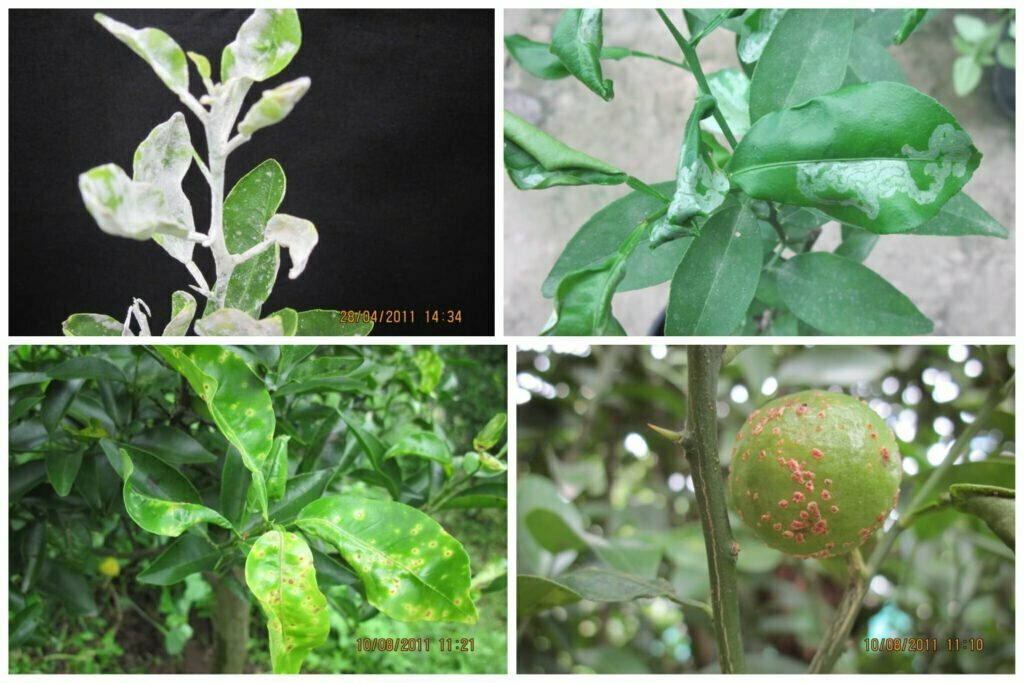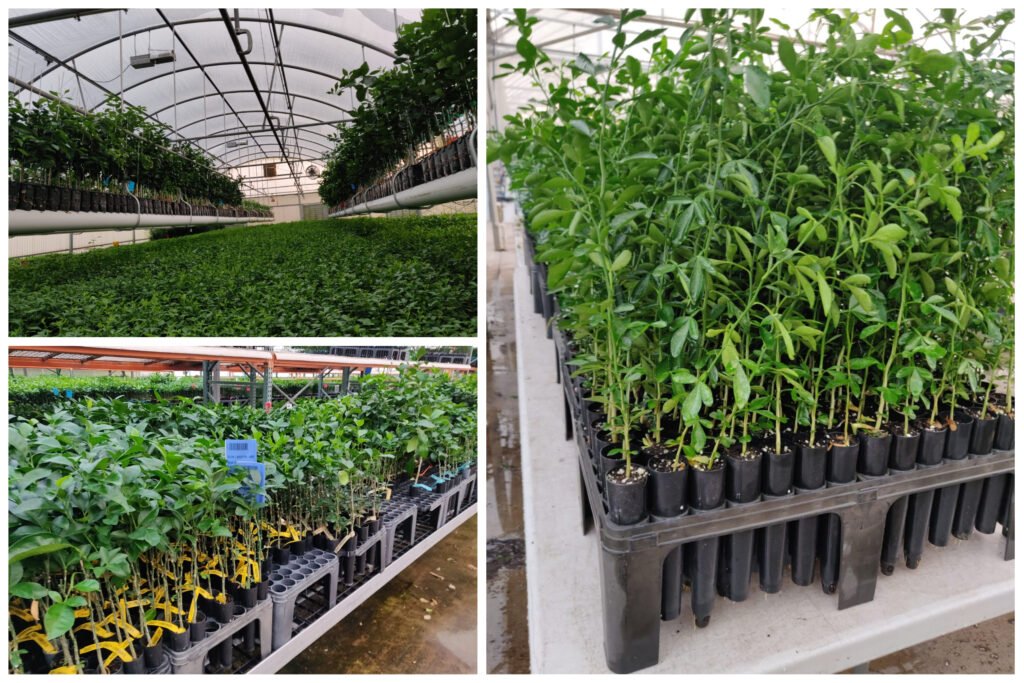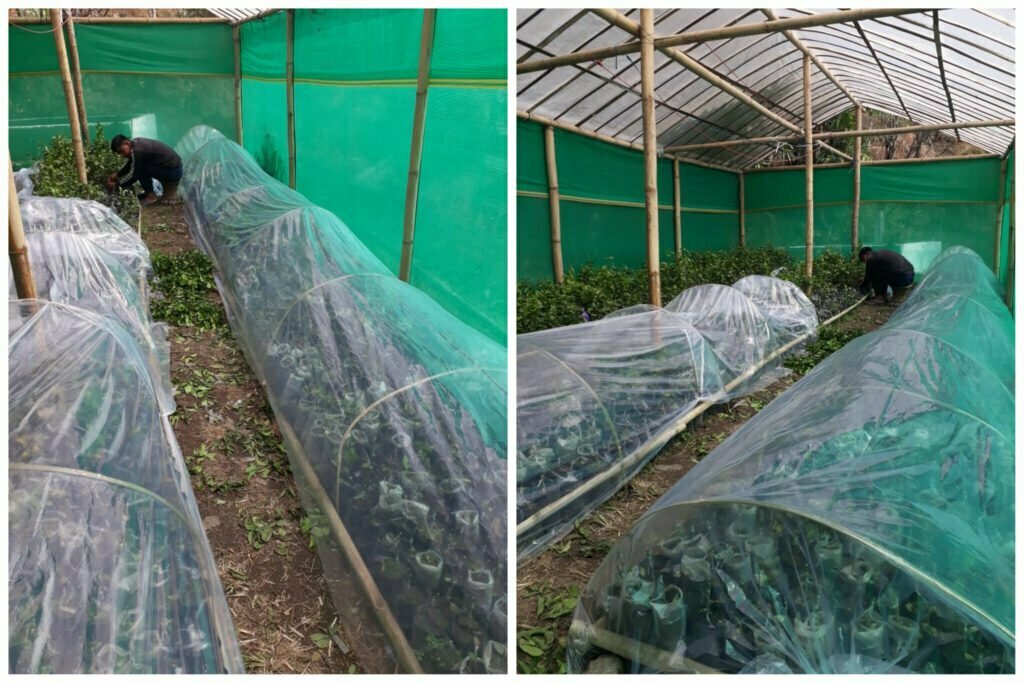Mandarin Orange (citrus reticulata) is a major cash crop of Darjeeling Hills and farmers have been growing oranges here since time immemorial. Darjeeling Mandarin is famous for its superior taste, thin, loose jacket, and clear segments.
However, due to lack of nutritional management and poor agriculture practices the production, the world famous Darjeeling oranges are on a steady decline. Fungal infections, pest attack and old, senile gardens have plagued the orange orchards and growers is difficult to sustain their livelihoods by orange farming. Today, many farmers are giving up on orange farming because they feel that the climate and soil of the land has changed and become unfavorable for orange cultivation.

Mahadev Chhetri, a Horticulture scientist and expert says, “no, the soil and climate are not the problems here.” He explains that most of the mandarin orange orchards in the region are primarily of seedling origin. When preparing planting rootstock, care must be taken that the plant which bore the fruits for the seeds is a healthy and disease-free mother plant. Also, growers lack the knowledge of growth nutrition, micro nutrients, fertilizers, pesticides, sprays, etc that are required at various stages of the plant growth.”
Mahadev Chhetri adds “This has made the overall situation bad for orange cultivators – old, diseased and senile orchards, and even the young plantations are seedling plants prepared from sick mother plants. So, the production is declining and the downfall will continue if there is no serious efforts made in this direction,” adds Mahadev Chhetri.
As understood, an important factor in the decline in Darjeeling orange is the lack of quality planting material for the growers. Mandarin orange trees are propagated either by seed or grafting/budding methods. In modern farming, grafting/budding is the more preferred method than growing plants by seedlings.
Reasons, grafted plants start producing fruits in 3-4 years, while seedling plants take 7-8 years for fruiting. The grafted plants are shorter in height making it easy to pruning and managing overall plant growth. Also, the fruits from a grafted tree are of more uniform quality then a seedling plant.

Niraj Chhetri, founder of Himalayan Florica says “as someone born and brought up in Darjeeling, I have seen the difference in the taste, size, and quality of Darjeeling mandarin over the years. And I also understand the farmer’s challenges because one orange tree takes years to grow and bear fruit. So, the solution is not as simple as restarting with the click of a button.”
“Over my years of experience working with farmers, growers, and industry experts, I have realized that lack of good planting material is the biggest challenge facing our farmers today. If we want high quality production, farmers need access to quality plants and seedlings. During one of my visit the US few years back, I had the opportunity to visit an orange nursery and then understood the seriousness at which orange cultivation is undertaken in other countries. Cultivating orange is not as simple as planting some seeds and wait on mother nature to do her magic.”
Realizing the need for making some effort towards reviving Darjeeling mandarin orange, Himalayan Florica set up an orange nursery in Darjeeling few years back. In the first year, the nursery we grew about 20,000 disease-free seedlings from healthy mother plants of Rangpur lime variety, which were then grafted with health Darjeeling mandarin mother scion. The nursery is awaiting NHB accreditation.

Today, Himalayan Florica nursery has a production capacity of about 75000 plants every year. We are working with farmers, independent growers, and government departments for the promotion of orange farming in the Himalayan region.

